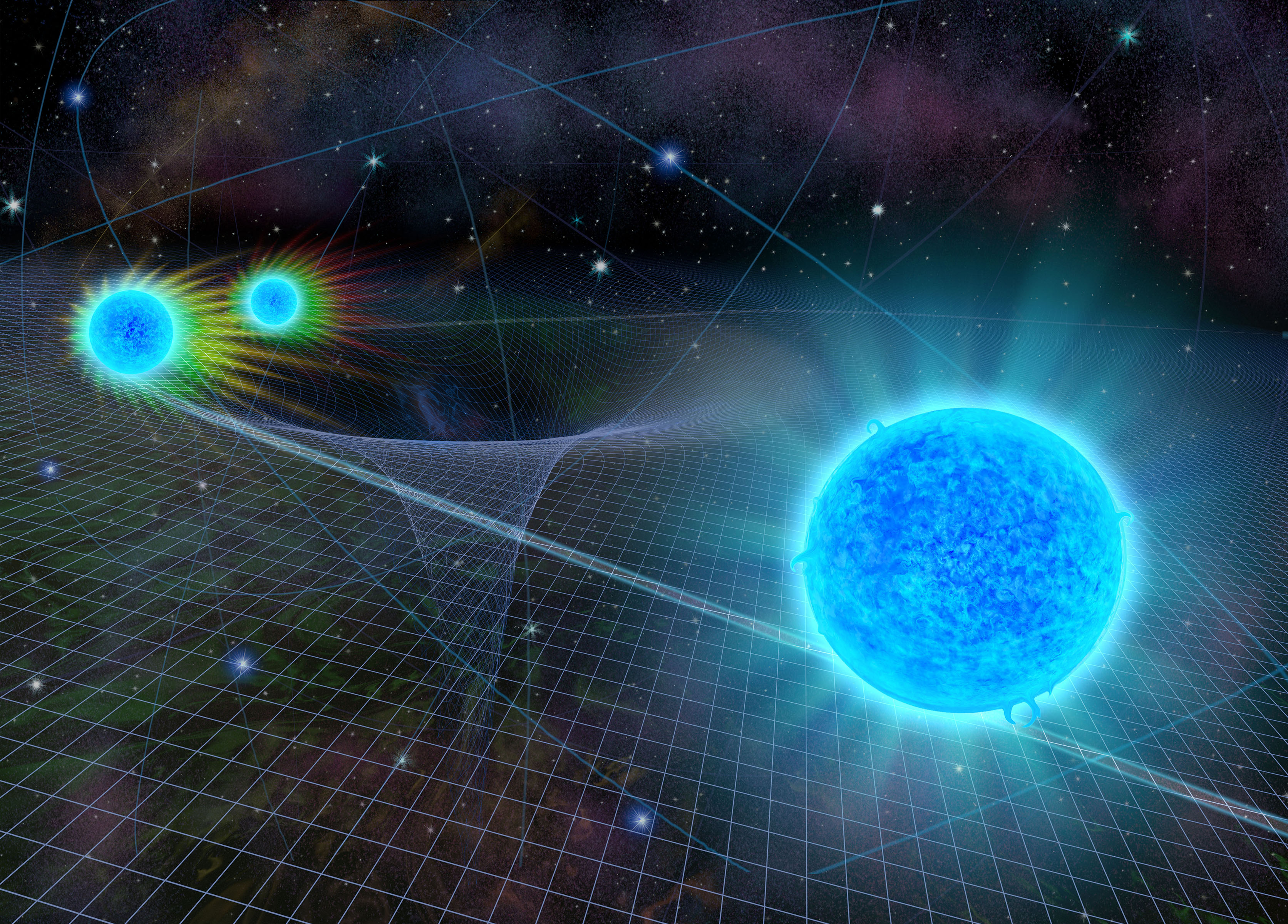Last year, it was for the first time that a cool disk of gas around the super-massive gigantic object at the centre of the Milky Way Galaxy, was imaged. This would help to improve the understanding the evolution of black holes and their impacts on their surroundings in the cosmos. Apart from the study of the black holes, the understanding of the mathematics of the general relativity is also crucial in appreciating the physical properties of black holes. The general theory of relativity introduced to the world in 1916, using the concepts of tensors and manifolds, had predicted the existence of the entities known as black holes. Prediction of the existence of black holes in the four dimensional space-time continuum and the detection and confirmation of the same has been one of the unique achievements of the mathematics of general theory of relativity apart from the phenomenon of gravitational lensing. Black holes are also the link in the understanding of the quantum-gravity effects, like Hawking radiation which has been predicted by the treatment of QFT in the curved space-time by Stephen Hawking.
Few days ago, the Royal Swedish Academy of Sciences had declared, Roger Penrose, Reinhard Genzel and Andrea Ghez as the winners of Nobel prize for Physics for the year 2020. Roger Penrose’s works had showed that the general theory of relativity gives the mathematical foundation of black holes. In addition to this, the works by the other two winners, Reinhard Genzel, and Andrea Ghez had led to the discovery of the supermassive object at the centre of the Milky Way galaxy. Basically, their work had led to the identification of an extremely heavy and invisible object at the centre of our galaxy which guides the orbits of the stars around the galactic centre. A supermassive black hole is at present the only explanation for the invisible and heavy object at our galactic centre.
It was in 1965, when Roger Penrose had proved that the black holes can really form in the universe and that their central core hold a singularity where all the laws of physics cease to work. This work is considered in the academic world of physics as the next most important development in the general theory of relativity after the work of Albert Einstein. Later on, Reinhard Genzel and Andrea Ghez, in 1990s, had led a group of astronomers in their study of the region known as Sagittarius A at the centre of our Milky way galaxy. Their study had pointed to the existence of a super-massive object which determines the orbits of the stars revolving around the galactic centre at great speeds. The supermassive entity identified at the centre of the galaxy is extremely dense with around four million solar masses packed in a volume of about as large as our solar system. The study of Reinhard Genzel and Andrea Ghez had helped in removing the distortions caused by the earth’s atmosphere and see through the clouds of interstellar gas and dust at the galactic centre. Their research has led to a plethora of new interesting questions like what would be the inner structure of the galactic centre among others, which would require further research.
Studies on the Sagittarius A have revealed that there is a ring of debris around the galactic centre, known as the accretion disk. In this accretion disk, extremely high friction leads to temperatures in the order of 10 million degrees Celsius (18 million Fahrenheit). The ATACAMA Large Millimetre/submillimetre Array in Chile had been used to study the galactic centre of the Milky Way by focusing on the wavelengths of light given off by the hot ionized hydrogen gas which could make its way from the galactic centre to earth with very little loss. A disk of cool gas around the galactic centre has been identified with a diameter of about 20000 times that of Sagittarius A and with one-tenth the mass of Jupiter. This development came along with the first ever picture taken for a black hole (M87) (at the centre of another galaxy, Messier87 in the Virgo constellation) taken after efforts spread over a ten years period in the massive collaboratory Event horizon telescope project.
Another recent interesting study has found out that, 3.5 million years ago, the black hole at the galactic centre of the Milky Way had unleashed a giant burst of energy which might have been seen by the ancestors of modern-day humans as a flare of a ghostly overhead glow in the constellation Sagittarius. This outburst, as per the studies, might have been caused by the fall of a large hydrogen cloud of around 100000 times the mass of our Sun, into the disk around the object at the galactic centre.
Both the mathematical development of the general theory of relativity and the understanding of the object at the centre of our galaxy, which won this year’s Nobel prize are crucial in the future growth of a comprehensive understanding of the universe.





